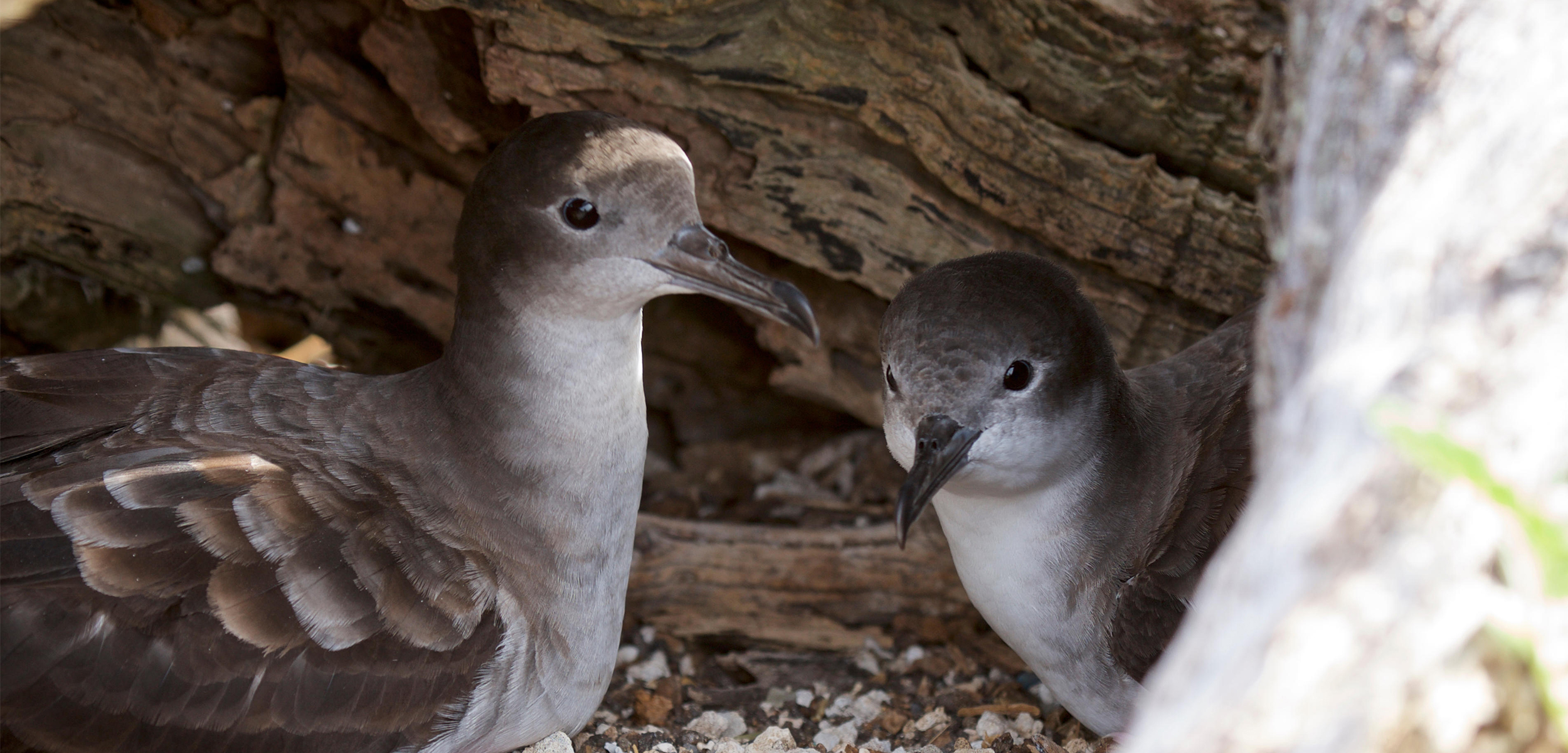Tromelin Island’s Impressive Comeback
One small island in the Indian Ocean shows how quickly seabird populations can recover after people eradicate invasive predators.
Article body copy
The last rat on Tromelin Island—a small teardrop of scrubby sand in the western Indian Ocean near Madagascar—was killed in 2005.
Rats had lived on the island, an overseas territory of France, for hundreds of rat generations. The rodents likely arrived in the late 1700s, when a French ship—carrying Malagasy people kidnapped for the slave trade—wrecked there, says Matthieu Le Corre, an ecologist at the University of Reunion Island, a French overseas region off the coast of Madagascar. Tromelin Island was probably home to at least eight different seabird species before the rodents arrived, including hundreds of thousands of frigatebirds, terns, and boobies. But, like on hundreds of other islands around the world, the rats ate their way through those birds’ eggs, eventually decimating the populations. By 2005, when French authorities finally began eradicating the rodents, only two bird species were left: a few hundred pairs of masked and red-footed boobies.
Today, two decades after authorities banished the rats, Tromelin Island is once again a thriving seabird paradise, home to thousands of breeding pairs belonging to seven different species. Even more encouraging, the island is one of a growing number of cases where seabirds have returned on their own once invasive predators were successfully eliminated.
“In terms of conservation, it’s a wonderful success,” says Le Corre, one of the authors of a recent study documenting the recovery.
Ridding a landscape of invaders is one of the main challenges to reestablishing seabird colonies worldwide. On big islands with complex terrain—or even those with numerous buildings and abundant food, like New York’s Manhattan island—it can be virtually impossible. Some rat removal campaigns have involved spending many years and millions of dollars to eliminate every last rodent. But as a whole, exterminators have gotten pretty efficient. “We have the technology, and we’ve been doing this since 1950,” says Holly Jones, an ecologist at Northern Illinois University who was not involved with the new paper. According to a review from 2022, 88 percent of efforts to eliminate invasive vertebrates from islands have succeeded over the past 100 years.
On Tromelin Island, which is just one square kilometer, uninhabited save for a small scientific research station, French authorities eradicated the rodents in a month using poisoned bait.
After the predators are gone, seabird communities on some islands may need more help to recover, such as restoring vegetation, placing life-sized models of birds, or playing recorded calls to lure birds in. But Le Corre says no such efforts have been made on Tromelin Island.
As it turns out, the seabirds there didn’t need the help. By 2013, populations of both red-footed and masked boobies had more than doubled. Soon after, white terns, brown noddies, sooty terns, wedge-tailed shearwaters, and lesser noddies showed up in rapid succession. The terns and noddies hadn’t been documented breeding on Tromelin Island since 1856, and there were no records of wedge-tailed shearwaters reproducing there.
Impressive as it was, the recovery didn’t surprise Jones. “We know that seabirds, in general, are going to do better once invasive mammals aren’t around,” she says.
Seabirds in other locations have bounced back independently in similar ways. On Burgess Island, New Zealand, for example, common diving petrels and little shearwaters returned within two decades after rats were removed.
But not all colonies will recover in 20 or even 30 years, Jones notes. On remote islands, far from other thriving seabird populations, recovery can take much longer because few birds are likely to fly past and decide to stay. Seabirds tend to return faster to islands close to existing colonies; yet even on Tromelin Island, which is more than 500 kilometers away, birds can eventually find their way back.
Tromelin Island’s recovery was relatively quick, in part because the seabird community is mostly dominated by species that regularly disperse to new homes, such as terns and noddies. But some species are particularly slow to bounce back. Albatrosses, petrels, and other seabirds that remain loyal to one breeding spot rarely try new locations, even if birds from the same species have lived there before. Communities of those seabirds might need coaxing to return.
Despite the promising start, Tromelin Island’s seabirds still face the same threats that imperil seabirds worldwide: they can be caught accidentally in commercial fisheries, plus overfishing and changing ocean conditions rob them of food. But small as it is, Tromelin Island shows that seabirds are resilient. If people can get rid of invasive predators, island restoration can work—sometimes stunningly.

